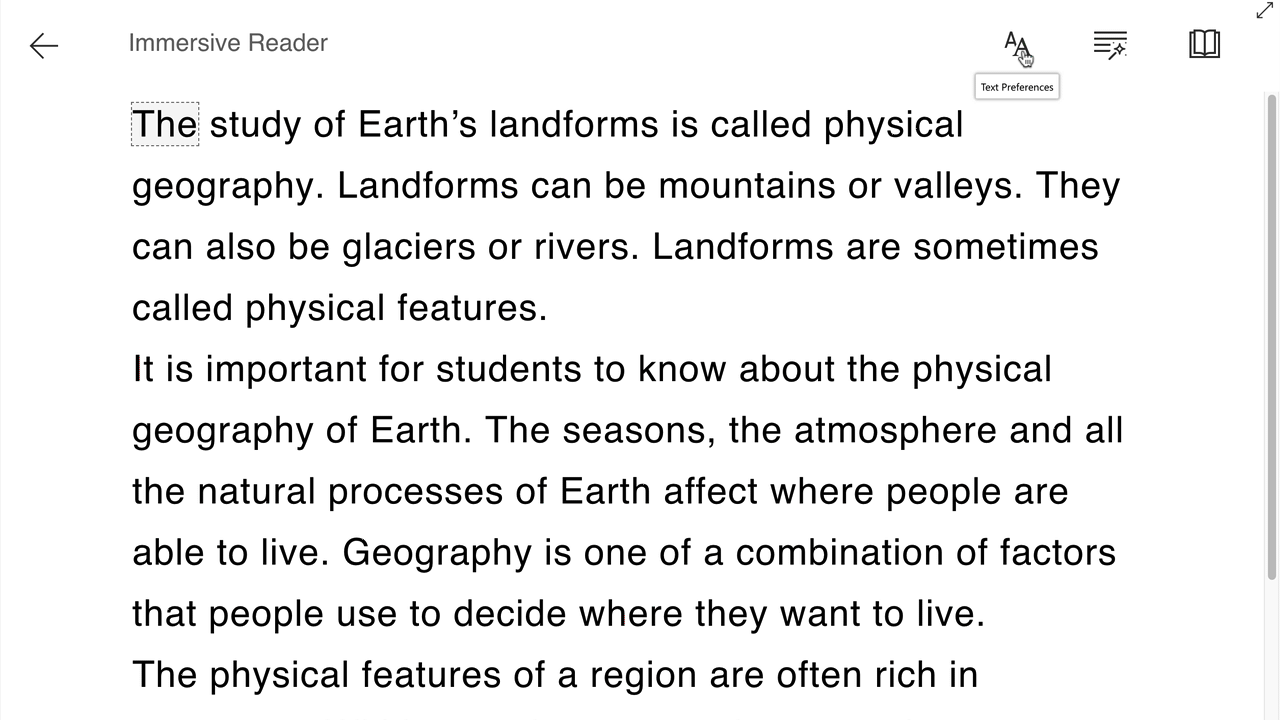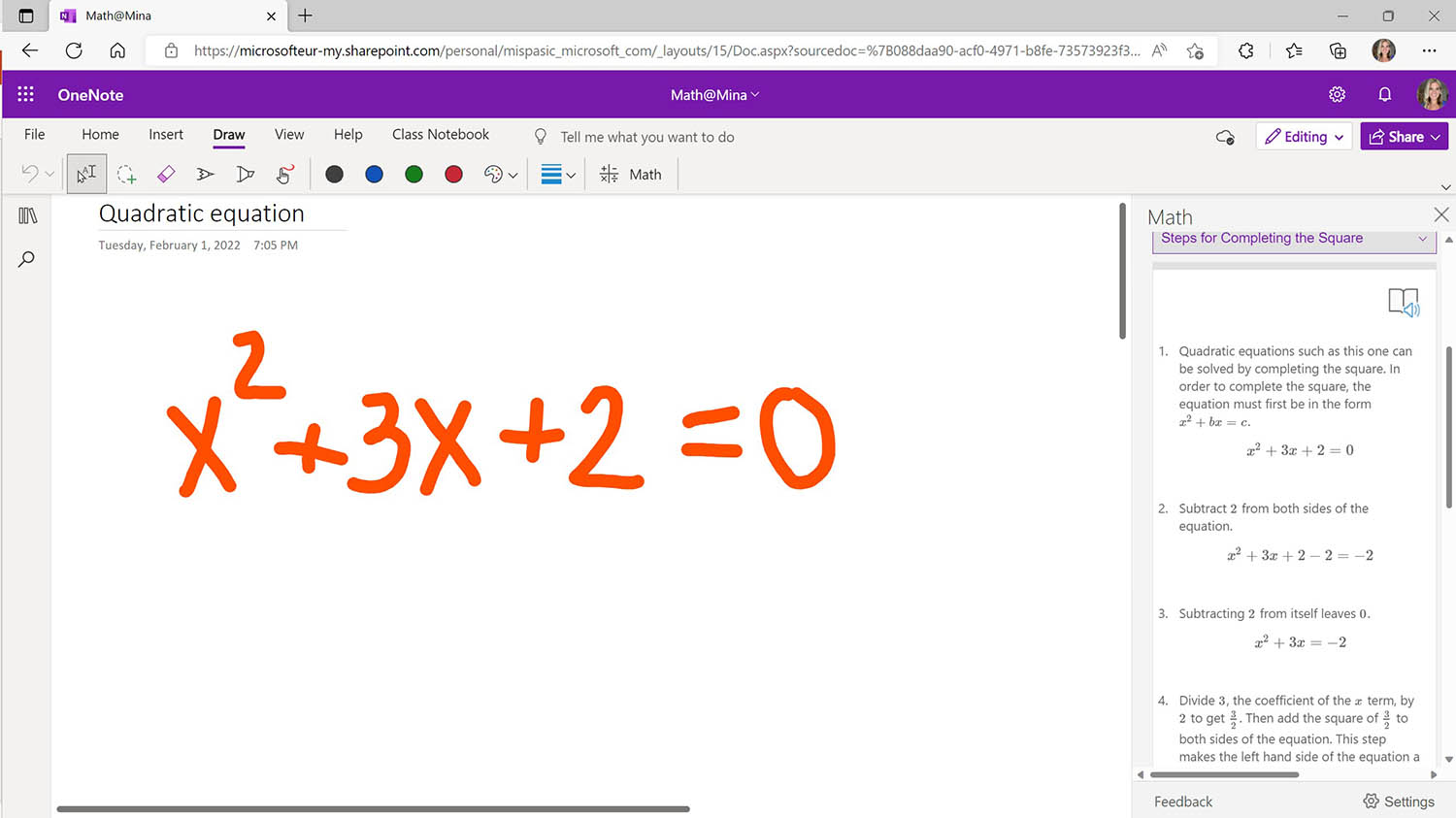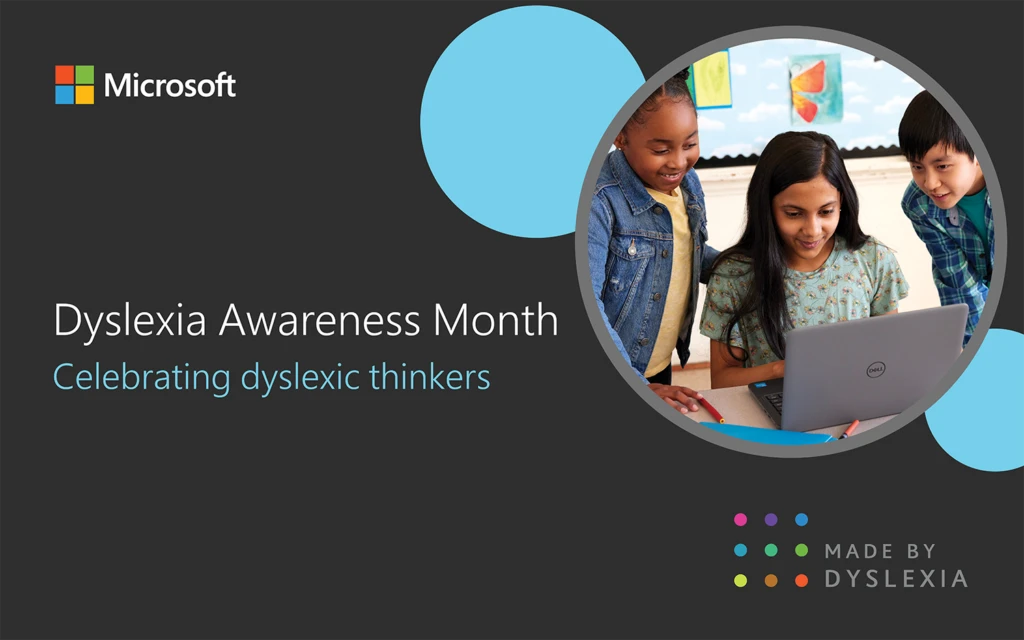In education, each student’s distinct perspective and talents are celebrated, including the remarkable group of dyslexic thinkers. Dyslexic thinking encompasses both exceptional cognitive abilities and learning differences that affect reading, writing, spelling, and memory. Dyslexic thinkers often excel in pattern recognition, spatial reasoning, lateral thinking, and interpersonal communication—critical skills highly prized in the 21st-century workplace. Dyslexic thinking is recognized as a unique gift, holding potential for innovation, creativity, and leadership.
October marks Dyslexia Awareness Month, dedicated to honoring these exceptional individuals, representing approximately one in five students. Their unique abilities encompass extraordinary creativity, problem-solving skills, and a talent for thinking holistically—an indispensable asset in today’s ever-changing world. Educators play a vital role in identifying, supporting, and empowering every dyslexic learner.
Dyslexic thinking a valuable skill
We’re excited to share that Microsoft Education has launched a new training on dyslexic thinking on Microsoft Learn, created in partnership with the global charity Made by Dyslexia. This training module aims to help you understand dyslexic thinking, a set of skills highly valued by employers and recognized on LinkedIn profiles. It will provide you with the knowledge and strategies needed to create a truly inclusive classroom where both you and your students can thrive. Explore how Microsoft Education can support you in unlocking the power of dyslexic thinkers in your classroom.
The new course covers:
- Understanding dyslexic thinking skills: Dive deep into the 7 essential dyslexic thinking skills found in children, unlocking their potential in your classroom.
- Relevance in the workplace: Discover why dyslexic thinking skills have become indispensable in the modern workforce, and how they can benefit your students’ future careers.
- Creating inclusive classrooms: Learn practical techniques and approaches to foster inclusive learning environments where all students, including dyslexic thinkers, can excel.
- The role of technology and AI: Explore the exciting ways technology and AI are revolutionizing dyslexic learning and teaching, giving you the tools to adapt to the digital age.
Supporting dyslexic thinkers in the classroom
Microsoft Education offers a wide range of tools designed to support students with dyslexia, empowering educators to provide flexible learning supports and assessment options. Let’s explore some of the learning tools and Learning Accelerators that can assist dyslexic learners in succeeding in the classroom.
Text-decoding options
Dyslexic thinkers often face challenges in translating their creative ideas into written form due to difficulties with spelling, punctuation, and grammar rules. This struggle can be evident in both the initial writing and editing stages, as they grapple with memory-based learning and applying rules.
Immersive Reader, available across Microsoft tools, supports students’ developing spelling and grammar skills by offering features like word splitting, one-line focus, highlighting parts of speech, and dictation in over 100 languages.

Change how text appears with Text Preferences in Immersive Reader.
LinkedIn has recently incorporated Immersive Reader as a new way to digest content. This new accessibility feature in LinkedIn is particularly useful among members with dyslexia, making it much easier for them to read and enjoy long form articles and content. With just one click, individuals can unlock a series of tools such as the ability to read content aloud, translate content in real-time, and change reading and text preferences on any article or Newsletter published on LinkedIn. LinkedIn Learning will also share a free course on Dyslexic Thinking later this month.
Multi-sensory reading practice
Reading fluency can pose challenges for dyslexic thinkers, as they often struggle with recognizing and working with sounds, letters, and individual words. In some reading programs, fluency is considered a prerequisite for comprehension and is given top priority for mastery. To help dyslexic thinkers, however, it’s essential to place equal emphasis on both comprehension and fluency. One way to do this is to leverage Reading Progress.
Reading Progress supports students’ reading fluency with independent practice, self-assessment, personalized feedback. Educators can use Reading Coach to identify challenging words and provide targeted practice. Both Learning Accelerators are integrated in Microsoft Teams for Education. Using Reading Progress and Reading Coach alongside Immersive Reader allows educators to individualize reading instruction for all learners.
Big picture thinking for math
To help dyslexic thinkers achieve success, harness their language-based strengths and broad thinking abilities. To support their learning, offer chances for students to engage their senses, through writing, hands-on demonstrations, or verbal discussions. Additionally, when it comes to math, these learners excel when they grasp the meaning behind symbols instead of relying on memorization of a function.
Math Assistant in OneNote offers equation reading in multiple languages, step-by-step explanations, various input options, and student-created practice quizzes which can benefit dyslexic learners.

Math Assistant in OneNote offers various tools to help dyslexic thinkers, including equation reading and step-by-step explanations.
Celebrating dyslexic thinking
The world increasingly requires the unique approach of dyslexic thinking—an approach that excels in problem-solving, information assessment, and learning. Research underscores how dyslexic thinkers possess the exact skills in high demand in today’s workplaces. The Value of Dyslexia report points to emerging roles and advanced tasks across industries that align with the inherent strengths of dyslexic thinkers.
Ready to learn more about dyslexic thinking? The Microsoft Learn platform offers training and modules built in partnership with Made by Dyslexia. Check out Dyslexia Awareness, Dyslexia Teaching, Dyslexia and Technology, and Dyslexic Thinking. These modules help educators identify, support, and empower dyslexic learners, while providing strategies and solutions to benefit all students.
Let’s celebrate the incredible potential within dyslexic minds and collaborate to create truly inclusive classrooms where all students can thrive. By doing so, we unlock the extraordinary capabilities of dyslexic thinkers and pave the way for a brighter future for all. Join us in commemorating Dyslexia Awareness Month and commit to fostering an inclusive and supportive learning environment for dyslexic thinkers and all students.
Lastly, Microsoft is proud to sponsor “Lessons In Dyslexic Thinking” the brand new podcast series by Made By Dyslexia. The podcast features conversations with the world’s most inspiring dyslexics where we find out what Dyslexic Thinking is and how each of us can employ it to change the world. Hear powerful stories from spies and sports stars, explorers, and entrepreneurs. Listen to the latest episode with HRH Princess Beatrice on Apple, Spotify, or Amazon, or watch the Lessons In Dyslexic Thinking playlist.
Want to learn more?







